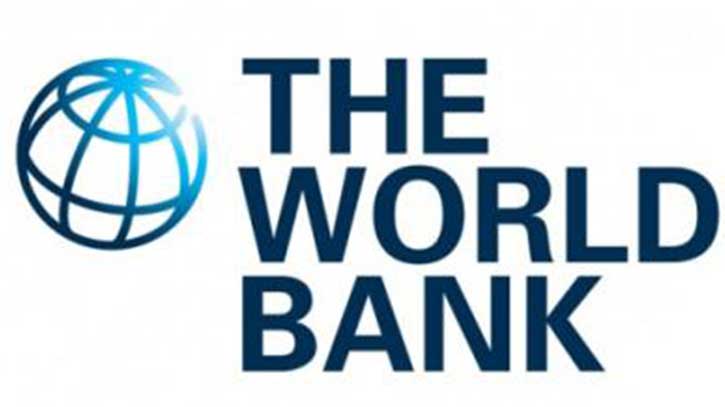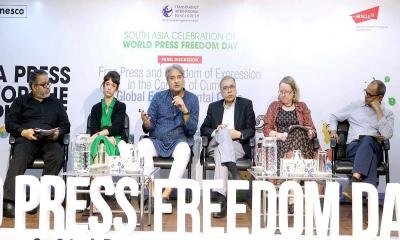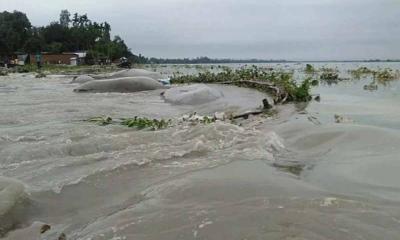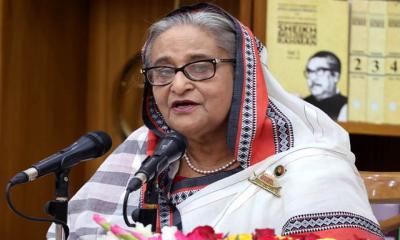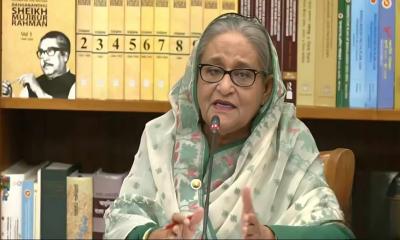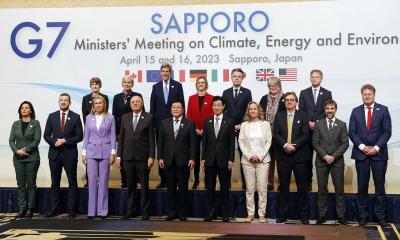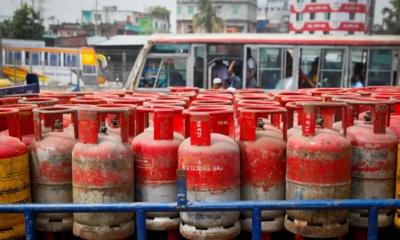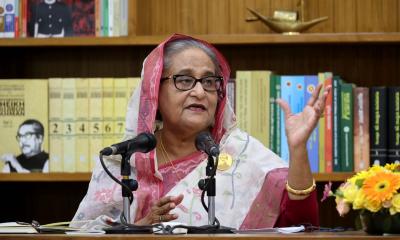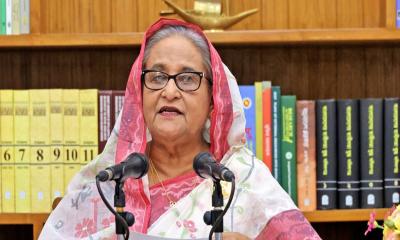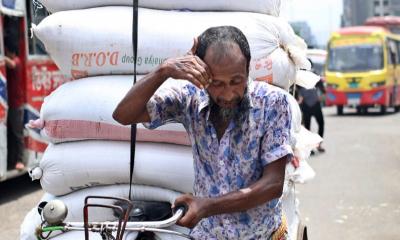The World Bank has revised down the GDP growth forecast for Bangladesh to 6.1% for the current fiscal year. The global lender lowered its projection by 0.6 percentage points following a 6.7% forecast in April and June this year.
The WB made the prediction in the latest South Asia Economic Focus titled "Coping with Shocks: Migration and the Road to Resilience" on Thursday.
The forecast is significantly lower than the Asian Development Bank (ADB) set projection of 6.6%.
However, the global agency raised the projection for Bangladesh to 6.2% for FY23-24.
Previous projection by the World Bank for the next fiscal was 5.4% and now it has increased the growth rate by 0.8 percentage points.
Meanwhile, the Bangladesh government set a target to achieve 7.5% GDP growth in the current fiscal year, which is 1.4 percentage points higher than the World Bank projection.
According to the World Bank release, higher inflation and rolling electricity blackouts dampen Bangladesh`s post Covid recovery in consumption and investment. The lack of reliable high-frequency indicators creates difficulties for policy makers to track economic developments.
The global lender also said, "Higher inflation may dampen private consumption growth, following substantial energy price increases.
"Export growth is expected to slow, as economic conditions in key export markets deteriorate, while rolling blackouts, gas rationing, and rising input costs weigh on manufacturing output."
The World Bank also projected the average growth for the South Asian region to 5.8% this year - a downward revision of 1 percentage point from the forecast made in June. This follows growth of 7.8% in 2021, when most countries were rebounding from the pandemic slump.
"Beset with Sri Lanka`s economic crisis, Pakistan`s catastrophic floods, a global slowdown, and impacts of the war in Ukraine, South Asia faces an unprecedented combination of shocks on top of the lingering scars of the Covid-19 pandemic. Growth in the region is dampening," says the World Bank in its twice-a-year update, underscoring the need for countries to build resilience.
"Pandemics, sudden swings in global liquidity and commodity prices, and extreme weather disasters were once tail-end risks. But all three have arrived in rapid succession over the past two years and are testing South Asia`s economies," said Martin Raiser, World Bank Vice President for South Asia. "In the face of these shocks, countries need to build stronger fiscal and monetary buffers, and reorient scarce resources towards strengthening resilience to protect their people."
Inflation in South Asia, caused by elevated global food and energy prices and trade restrictions that worsened food insecurity in the region, is expected to rise to 9.2 percent this year before gradually subsiding. The resulting squeeze on real income is severe, particularly for the region`s poor who spend a large share of their income on food.
South Asia`s migrant workers, many of whom are employed in the informal sector, were disproportionately affected when restrictions to movement were imposed during COVID-19. However, the later phase of the pandemic has highlighted the crucial role migration can play in facilitating recovery. Survey data from the report suggests that in late 2021 and early 2022, migration flows are associated with movement from areas hit hard by the pandemic to those that were not, thus helping equilibrate demand and supply of labor in the aftermath of the COVID-19 shock.
"Labor mobility across and within countries enables economic development by allowing people to move to locations where they are more productive. It also helps adjust to shocks such as climate events to which South Asia`s rural poor are particularly vulnerable," said Hans Timmer, World Bank Chief Economist for South Asia. "Removing restrictions to labor mobility is vital to the region`s resilience and its long-term development."
To this end, the report offers two recommendations. Firstly, cutting the costs migrants face should be high on the policy agenda. Secondly, policymakers can de-risk migration through several means including more flexible visa policies, mechanisms to support migrant workers during shocks, and social protection programs.


